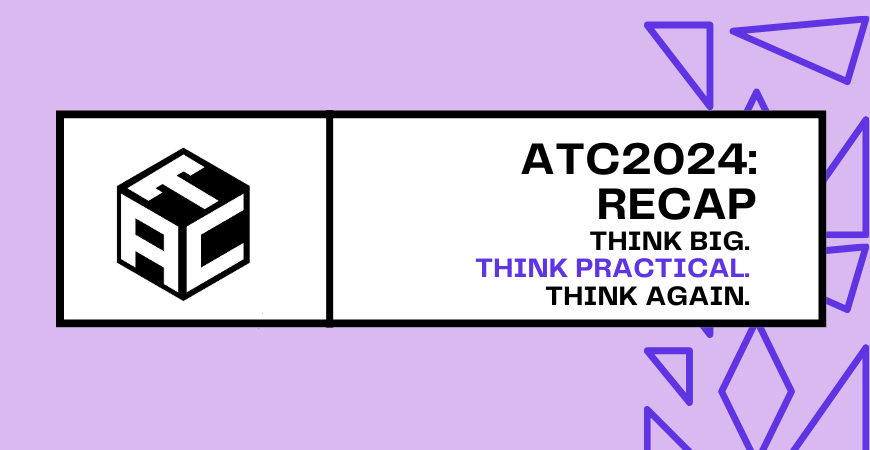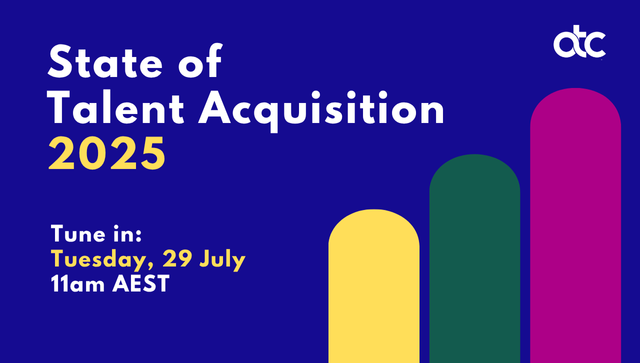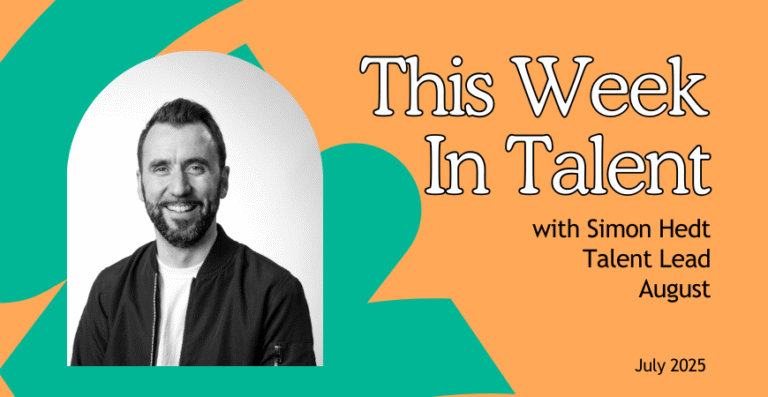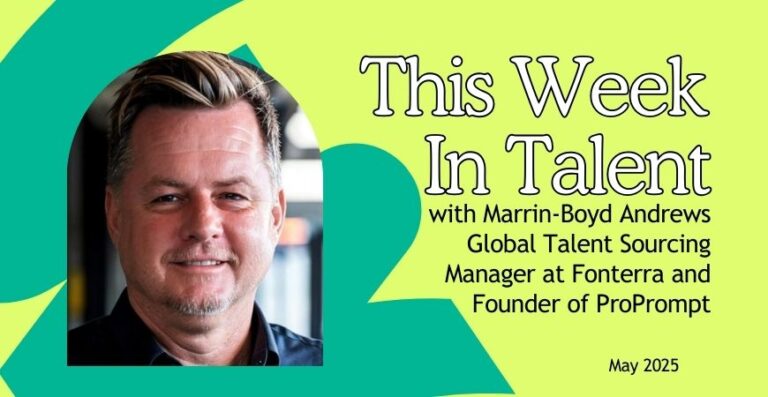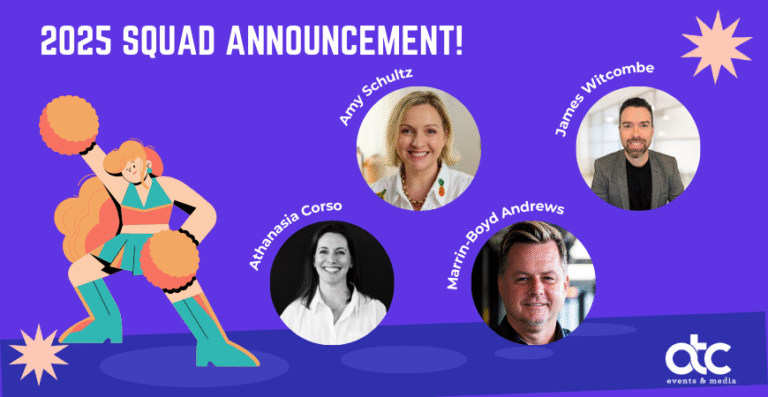How MBA Blew Minds at ATC2024: A Talent Pro’s Guide to AI Prompting
If you’re in talent acquisition and missed Marrin-Boyd Andrews (MBA) at ATC2024, prepare for a dose of FOMO. MBA didn’t just deliver a talk; he served up a masterclass in AI prompting that had seasoned recruiters scrambling for their phones—not to scroll but to capture his insights.
Why? Because MBA turned the complex art of AI interaction into something everyone in the room could grasp. From defining key differences in prompting methods to dropping a game-changing live demo, this session wasn’t just memorable; it was career-enhancing.

MBA blowing minds at ATC2024
“AI Can’t Turn Itself On”
MBA began with a truth that cut through the AI hype: it doesn’t work without us. His quip, “Someone’s got to turn the PC on,” drew laughter but delivered a sharp reminder—human ingenuity is still the secret sauce in AI’s effectiveness.
From there, he tackled the distinction between prompt engineering and prompt crafting. While the former is a technical field requiring expertise in large language models (LLMs), the latter is a democratised skill anyone can develop. Prompt crafting involves interacting with AI in real time to coax out useful and relevant responses. MBA then explained how prompt engineering takes this to the next level by scaling successful prompts for broader applications.
The Art of AI Prompting: MBA’s Playbook
MBA distilled the art of AI prompting into three actionable principles:
- Craft: Be crystal clear. Define the task and provide specific instructions to get targeted results.
- Refine: Polish your prompts to remove ambiguity and add clarity where needed.
- Iterate: Keep tweaking and revisiting your instructions to optimise AI outputs over time.
AI in Talent Acquisition
The room collectively leaned forward as MBA showed how ChatGPT could pull public data from LinkedIn, compare talent profiles, and rank candidates based on skills. But he didn’t stop there. MBA demonstrated how AI could create detailed profiles for the top three candidates, offering recruiters a glimpse into the future of streamlined talent processes.
This wasn’t just theory; it was a revolutionary peek at how AI can take the grunt work out of candidate shortlisting while empowering recruiters to focus on strategy and connection.

phones were out – in the best way.
MBA’s Advice for Talent Pros Exploring AI
We followed up with MBA post-session to get his top tips for talent acquisition professionals just stepping into the AI arena. His answers were as practical as they were exciting:
If you were just starting out using AI in talent, where would you start?
I’d recommend starting with the fundamentals: building a strong data foundation. AI relies on high-quality, structured, and compliant data, so ensuring it meets privacy standards like GDPR is critical. Poor data quality can undermine AI’s effectiveness and trustworthiness.
Once your data is ready, begin with simple tools to automate repetitive tasks like candidate sourcing, outreach, or scheduling. These are low-risk, high-impact areas where AI can save time and improve efficiency. As you implement these tools, assess their impact on workflows and identify areas where human intervention remains essential.
Equally important is fostering a culture of learning. Train your team to understand AI’s functionality and ethical considerations, such as addressing bias and maintaining transparency.
By starting small, focusing on data quality, and embracing continuous learning, you can unlock AI’s potential in a thoughtful, impactful way while keeping the human element central.
What is your favourite AI tool in the talent acquisition space?
I’ve had the opportunity to explore many exceptional tools, but the ones I rely on most are those that truly excel in automation, drive innovation, or directly address the challenges I’ve faced throughout my work. To be honest, for years there weren’t many groundbreaking options—apps dominated for a long time. However, the landscape changed dramatically in 2022 with the rise of LLMs, which revolutionised the space. Since then, we’ve seen a wave of incredible tools that have redefined what’s possible in talent acquisition… and it’s only just starting!
If I had to humbly highlight one, it would be ProPrompt – www.ProPrompt.store. This tool was born during my time at Microsoft when AI in talent acquisition was still in its early stages. I had been designing talent sourcing prompts and I couldn’t find a solution that allowed me to create ‘reusable templates’ for prompts—particularly those with ‘variables’ …so I built one. The platform enables Recruiters, Talent Sourcers, HR professionals, or anyone in any industry to own a collection of prompt templates that can be customised as their own without needing to rewrite or train AI each time.
What makes this tool even more meaningful is that it started as a little app I wrote and shared with industry friends and now has grown over the years into a fully self-serve platform that runs independently. It allows users to access and customise prompts on their own, which has made it a rewarding side project for me. I’ll admit I’m a little biased recommending it, but seeing its ongoing impact and knowing it’s still a tool many rely on today is incredibly grounding.
What are some common mistakes people make when using AI for talent sourcing, and how can they avoid them?
Organisations often encounter pitfalls when adopting AI for talent sourcing. Key mistakes include:
- Over-reliance on AI: While AI is powerful, it’s not a replacement for human judgment. Talent sourcing requires a balance of AI-driven insights and human expertise to capture nuanced factors like cultural fit and adaptability.
- Neglecting bias: AI can replicate biases from unbalanced training data. Regular audits, diverse datasets, and ethical AI frameworks are essential to ensure fair and unbiased decision-making.
- Insufficient training: Teams often lack understanding of how to effectively use AI tools. Providing comprehensive training and fostering a culture of experimentation helps unlock their full potential.
- Ignoring strategy and candidate experience: Implementing AI without clear goals or neglecting the candidate’s journey can result in poor outcomes. AI should streamline workflows while enhancing, not detracting from, the candidate experience.
I have always found that being mindful of these challenges and approaching AI adoption with intention, organisations can harness its potential while keeping the human element at the forefront of talent acquisition.
Stay tuned as we unpack more highlights from ATC2024—and if you haven’t started experimenting with AI prompting yet, MBA’s talk might be the nudge you need to dive in. You can connect with MBA on linkedin
